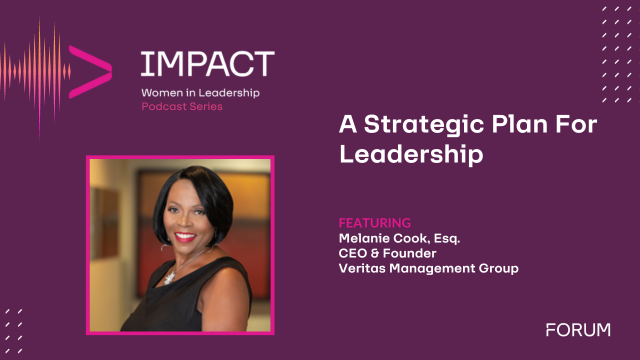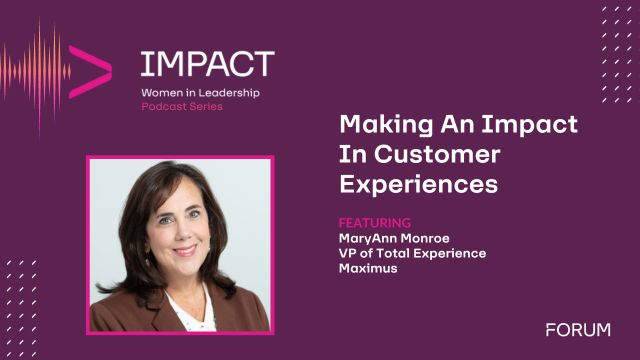By Jeremy Fisher, Definitive Logic
Information Technology (IT) is at the heart of every organization and Healthcare organizations are no different. Having a well-defined enterprise architecture (EA) framework and strategy is key to driving cost savings and interoperability across a Healthcare agency or system. Many brilliant enterprise architects have spent countless hours investigating, inventorying, analyzing dependencies, and building highly insightful EA views of their organizations only to find that their masterpieces sit on the shelf and are rarely updated or used. There are several accepted EA frameworks in the industry (TOGAF, DODAF, FEA) that characterize, in “view” format, the who, what, why, when, where, and how of each component or aspect of an enterprise. These EA views (capability, operational, system, data, etc.) are crucial to understanding how an organization operates and the underlying enterprise system of systems.
Another difference making component of the typical enterprise is Business Intelligence, which consists of reports and dashboards to aggregate data and uncover trends to help with better decision making. Business Intelligence (BI) is highly complementary to EA and is the perfect place to transform those EA blueprints of the enterprise into highly useful and insightful models for delivering data-driven insights that match the big picture understanding of how their enterprise functions.
In today’s business world, a majority of large Healthcare organizations have multiple BI platforms to help with exposing the proper insights to the right people at the right time to drive business actions, whether they be corrective or opportunistic in nature. Most BI environments consist of hundreds if not thousands of reports organized by functional area or business unit. Often times, the business intelligence reports and dashboards do not take the enterprise architecture into account. By overlaying the enterprise architecture models over the BI report and dashboard structure, the people and organizational units can begin to understand how they fit into the bigger picture of their organization. Consider the standard systems engineering approach to analyzing a business in Figure 1 below. The inputs provide the raw “materials” for the operations of the organization which drive the business outcomes.

By understanding the big picture of how the health organization functions, along with the data to drive decisions in the form of key performance indicators (KPIs), reports, and dashboards, concepts of LEAN management like continuous improvement, dependency analysis and root cause analysis can be completed by everyone. For instance, an architect can analyze a system of systems to identify performance bottlenecks and security vulnerabilities. Using EA views, the architect can quickly see how data from one set of systems (e.g., HR) serves as input to another set of systems (e.g., finance) and how they’re integrated. With the proper views in place (reports/dashboards), the architect can easily identify what’s connected where and how, along with what drives the KPIs. These views can lead to increased efficiencies, reduced costs, and improved service delivery. Without these views, it is very difficult to determine where inefficiencies, redundancies, and risks exist such as poorly timed jobs, duplicate capabilities, conflicting technologies, or data breaches. Leveraging BI for the purposes of EA eliminates the need to manually connect dots between disparate systems with potentially outdated documentation.

There is a substantial benefit that comes from taking advantage of the confluence of EA and enterprise data. People across an organization begin to understand what drives their success. Effective collaboration amongst team members is encouraged and provides an appreciation for the rest of the operation and the parameters that constrain it. The greatest upside of using this approach is that it can be introduced into a fully capable and functioning BI environment with little effort and considerable reward. In the world of enterprise architecture, the enterprise is depicted in terms of viewpoints (capability, operational, services, systems, projects, data, etc.). These viewpoints become the basis for your BI enterprise architecture overlays. When doing investigative work to dissect a problem, the data-enabled viewpoints become a key method for systematically determining root cause of a given problem. Enabling these viewpoints in your enterprise can be achieved with most modern platforms.
Definitive Logic is a premier consulting organization in the areas of enterprise architecture and business intelligence with more than a decade of experience supporting Healthcare organizations. DL’s Business Intelligence and Analytics services transform your data into meaningful information that provides accurate and deeper insight into your business. This translates into better strategic, tactical, and operational decisions which means better performance. Our expertise spans a range of methodologies, processes, technologies, and covers the full life cycle of your data; from raw data to coherent, actionable intelligence.
 Jeremy Fisher is a founding partner of Definitive Logic Corporation (DL) and continues to manage the company’s operations and growth. As a co-founder, he oversees all aspects of DL’s business and has led the growth of the company from its inception to today a 140+ employee $22M/year revenue business providing innovative solutions to commercial and Federal Health organizations.
Jeremy Fisher is a founding partner of Definitive Logic Corporation (DL) and continues to manage the company’s operations and growth. As a co-founder, he oversees all aspects of DL’s business and has led the growth of the company from its inception to today a 140+ employee $22M/year revenue business providing innovative solutions to commercial and Federal Health organizations.












